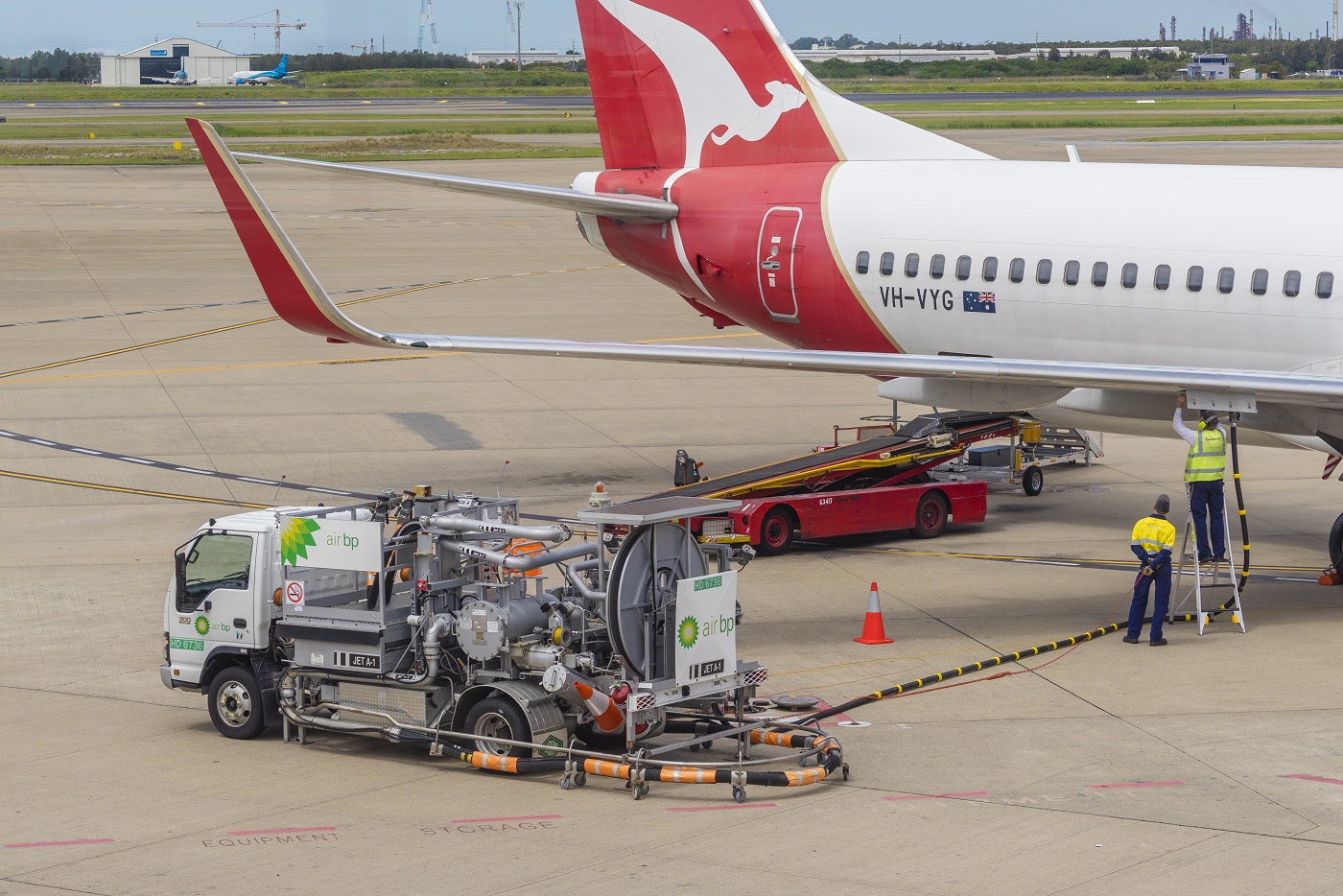In the lengthy Federal Court judgment in Transport Workers Union of Australia v Qantas Airways Limited 2021 FCA 873 (‘TWU v Qantas’) delivered on 30 July 2021, Lee J found that Qantas took adverse action when it made over 2,000 workers redundant, and that the airline could not prove that its reasons for doing so were not prohibited by the Fair Work Act 2009 (Cth). The consequences of the breach are yet to be determined.
Wider Application
This case provides guidance to employers on the decision-making process, and specifically recording the reasoning and motivation for their decisions. It also gives guidance to employers on how to present evidence in order to discharge the onus under the Fair Work Act, when making decisions which are adverse to workers.
Facts
In 2020, amid the COVID-19 pandemic, Qantas decided to outsource its “below the wing” services at Australian airports, which included baggage handling, ground services, and plane cleaning. It could save $200 million over 2 to 3 years, at a time when the airline was facing losses in the billions of dollars.
Qantas investigated making up to 2,000 workers made redundant, many of whom were members of the Transport Workers Union of Australia and the enterprise bargaining agreements (EBA) was due to open for renegotiation in the latter half of 2020.
The union brought proceedings against Qantas alleging breach of sections 340 and 346 of the Fair Work Act. There was no dispute that redundancy amounted to adverse action. The Union alleged that the reasons for taking that adverse action were prohibited by the Fair Work Act, as Qantas was taking the adverse action because:
- a large proportion of the workforce likely to be made redundant were members of the Union; and
- the redundancy was taken to avoid the need to negotiate and deal with the Union in late 2020, when the EBA expired and a new agreement needed to be negotiated.
Proving a negative
Lee J focussed on the documentary evidence created by Qantas leading up to the redundancy decision and the so called reverse-onus on Qantas to show that the reason for its conduct was not one of the proscribed reasons. In order to avoid a breach, it was incumbent on Qantas to prove that a real and substantial cause of its decision was neither the fact of union membership, nor to avoid the EBA negotiations.
The Court found that Qantas failed to discharge the onus of proving that a real and substantial cause of its decision was not to avoid the need to negotiate with the union in respect of the EBA.
The Court was critical of how Qantas led evidence, even though it had lawyers involved at every step of the process. The judge made much of evident which were not produced or adduced, and expected a fuller and more detailed explanation by Qantas the Court.
Additional Issues
Other issues arose concerning:
- Whether the Court can take into account the subjective intentions of persons who are not the ultimate decision-maker, if those persons participated in the process which led to the decision.
- How and in what manner documents created at the time of the decision will carry more significant weight in determining the intention, even if they do not concur with oral and affidavit evidence given by the witnesses in any later court proceedings.
- The care which should be taken by witnesses, and their lawyers, in preparing witness statements for court proceedings to satisfy courts of the employer’s motivations in the decision-making process.
Appeal
The decision may be the subject of an appeal by Qantas to the Full Federal Court.
If you have a query relating to any of the information in this case note, or you would like to speak with a member of Holman Webb’s Workplace Relations Group with regard to a matter of your own, please don’t hesitate to get in touch today.


